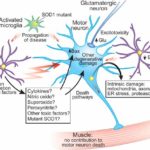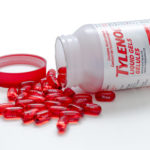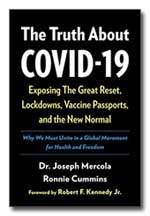This gallery contains 1 photo.
Wakefield, Murch, Anthony, Linnell, Casson, Malik, Berelowitz, Dhillon, Thompson, Harvey, Valentine, Davies, Walker-Smith. 1998. Lancet. Vol. 351, February 28, 1998. Dr. Wakefield’s team investigated a consecutive series of children with chronic enterocolitis and regressive developmental disorder. 12 children were referred … Continue reading














































































